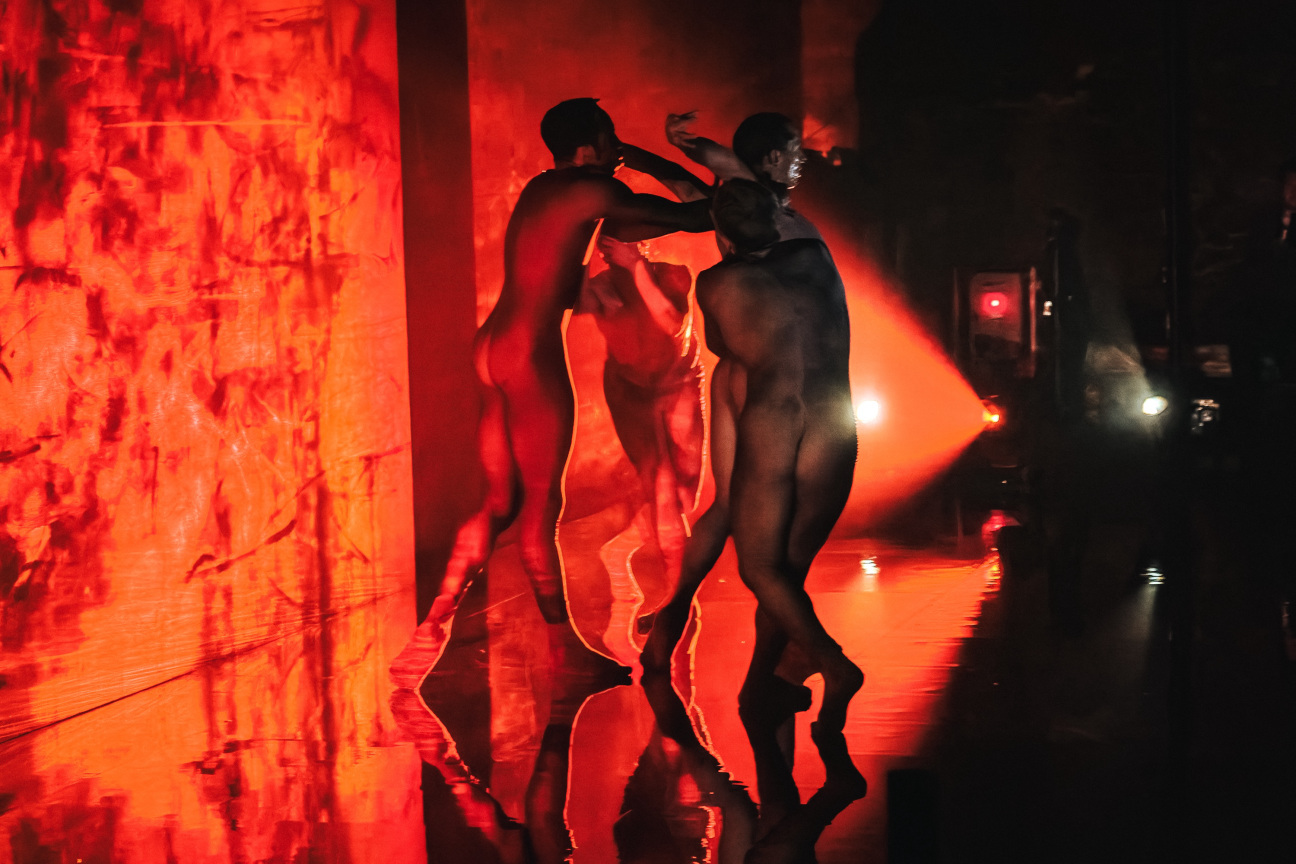
A Stygian fog cloaks the cobbled streets of Wapping, shrouding an old hydraulics factory and the Prospect of Whitby, a riverside pub that has stood firm against London’s Thames River since 1520. A noose hangs from the walls of the latter. This is Execution Dock, where pirates dangled for over 400 years, including, some claim, Blackbeard himself.
Inside the factory, rusting machines stand still, but a quartet of dancers emerges, moving in sinuous unison amid the industrial surroundings and the hulking canvas that’s been dropped within it. The mirroring is such that the figures seem to be literally emerging from the tangled mess of limbs in the painting, like its eerie offspring.
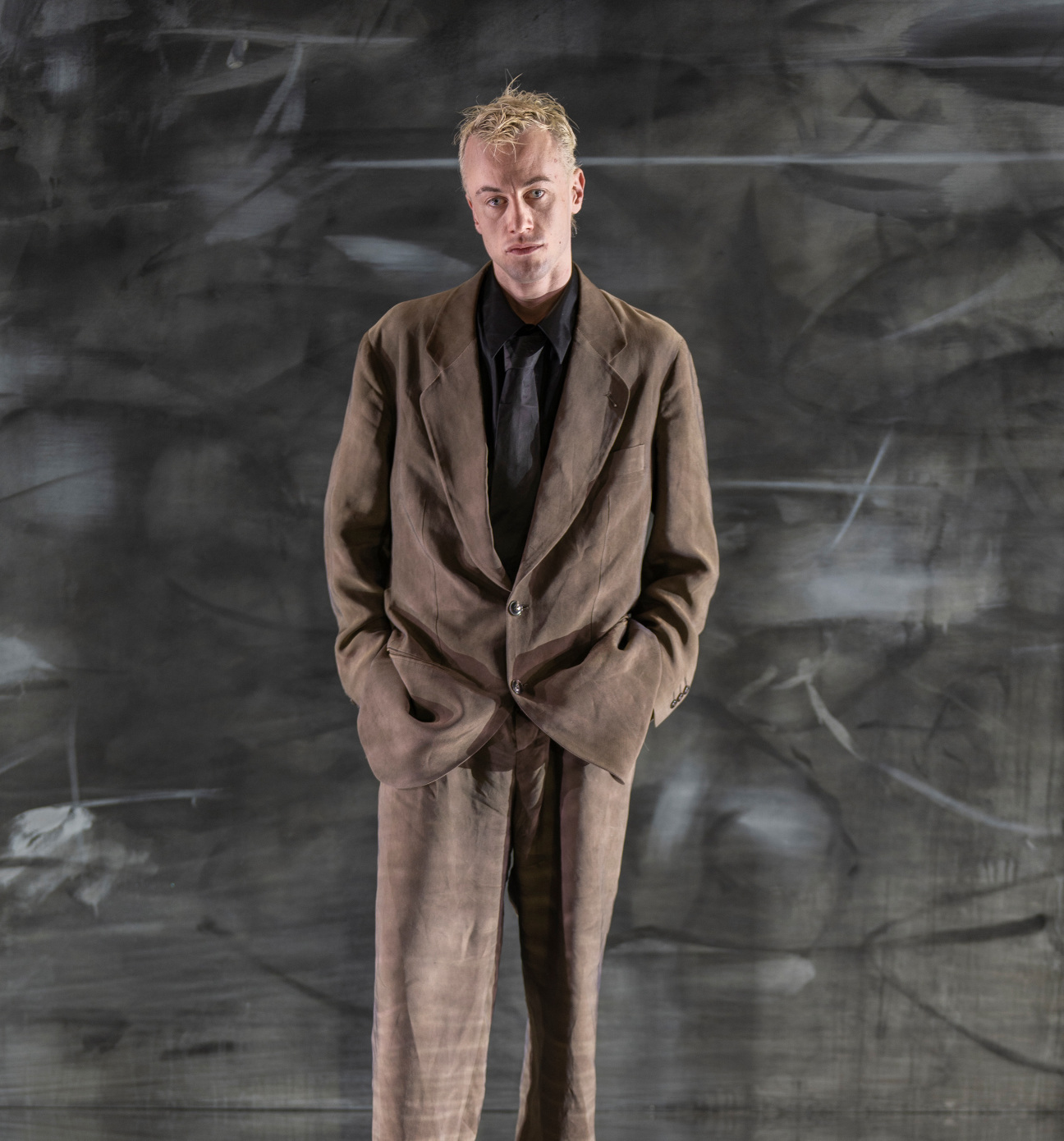
This is Bodysuit, the brainchild of George Rouy—who, at 30, is the youngest artist on Hauser & Wirth’s exalted roster—and Sharon Eyal—a choreographer known for her raw, trance-like performances defined by repetitive, undulating motions. Their first creative collaboration, Bodysuit will also usher in “The Bleed, Part II,” Rouy’s solo debut with the mega-gallery Stateside, opening just in time for Frieze in Los Angeles this week.
On a late Friday night somewhere between Bodysuit’s Wapping performance and his upcoming Angeleno moment, Rouy laughed when I compared Bodysuit to watching someone give birth. “I know what you mean,” he reasoned over Zoom. “It’s like they’re one organism.” He was lounging on his sofa, his platinum hair a nod to Sid Vicious, in a cavernous Kent home that resembles a desecrated church. A guitar neck peered over his shoulder.
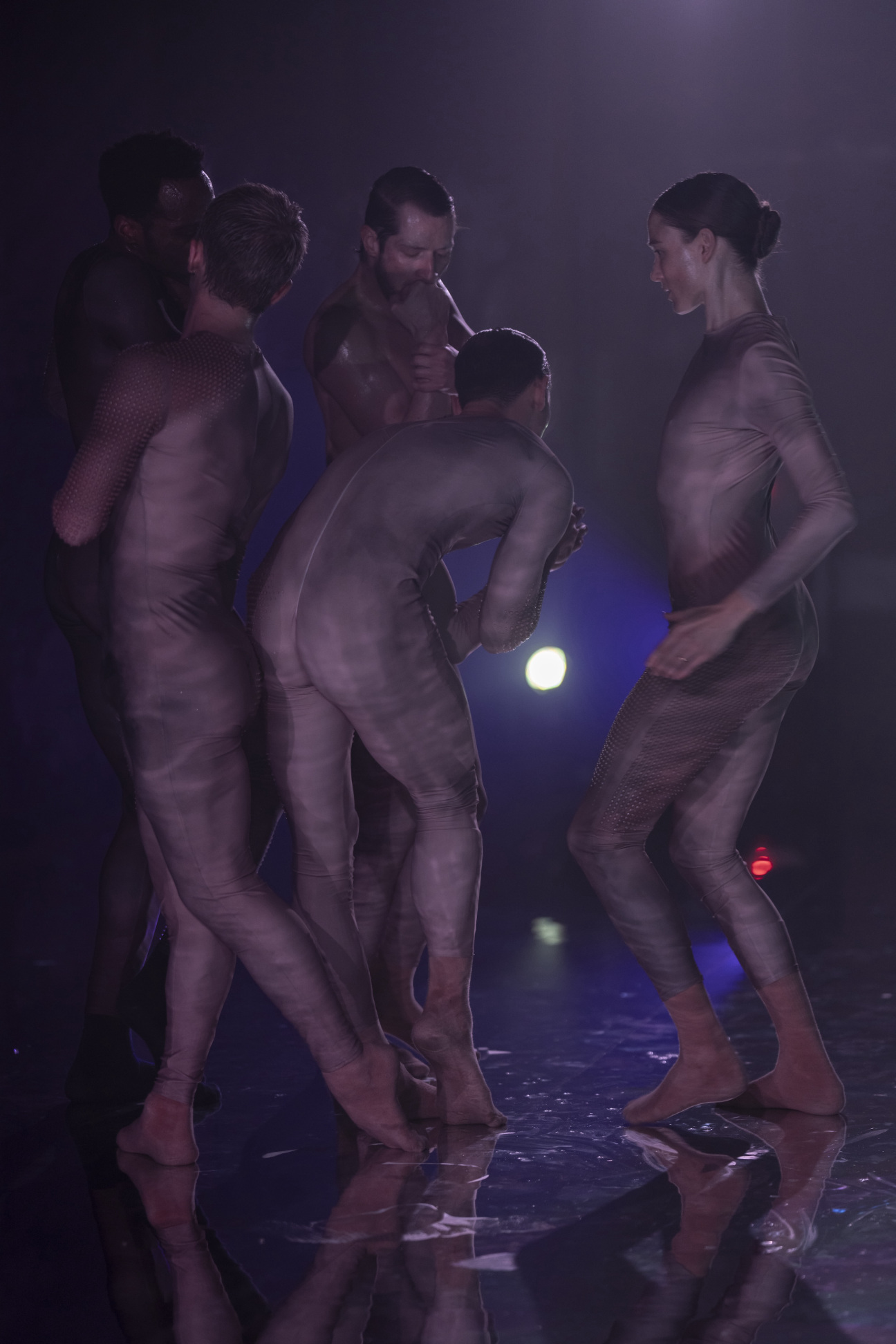
The Sittingbourne native’s ascent to the status of art-world punk darling has been dizzying and perhaps unlikely. At Camberwell College of Art in the early 2010s, he struggled with direction, dabbling in sculpture, ceramics, and video art. “My tutors weren’t very excited,” he admits. “I left uni thinking, Oh, man, what am I going to do?”
Rouy found work repairing the faulty Christmas lights that illuminate central London in the depths of winter. He rented a tiny room with a mezzanine bed. After long shifts, he would paint at night on cheap paper. “I went straight back to zero,” he remembers. “I began to reduce and focus on the body. I would paint, roll it up. Do another, roll it up. I practiced a lot, really quickly, and just got better and better.”
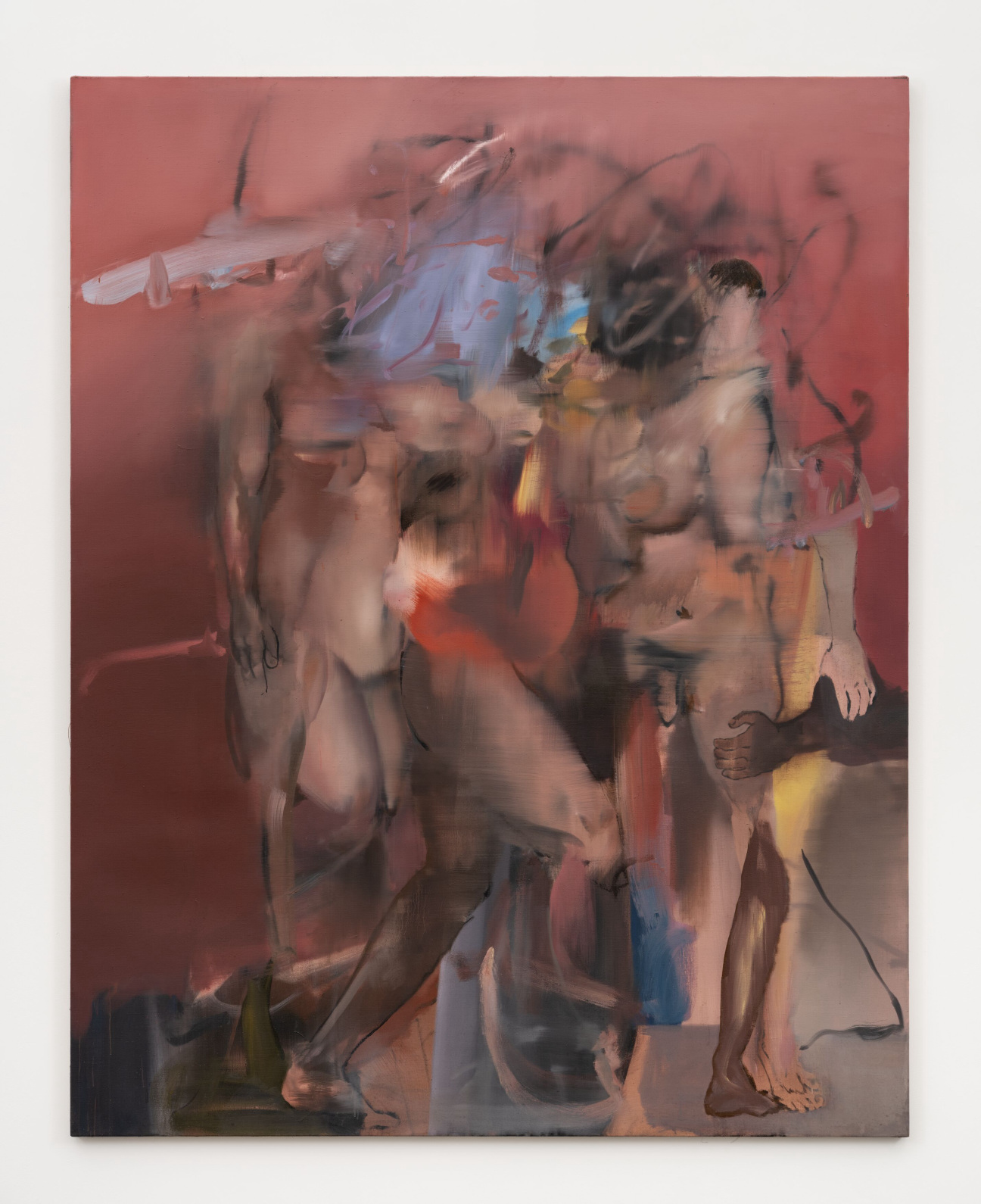
His early paintings are graphic genuflections to Bacon, Matisse, and Picasso, but rounded with the garish, buffed sheen of an animated character from a console game. They caught the eye of Peckham dealer Hannah Barry, who began representing Rouy in 2017 and gave him his first solo show a year later. Barry’s mentorship prompted a new direction. “George was interested in asking what it feels like to be in a body,” she recalls. She encouraged him to push this line of inquiry to the next stage. “I felt his paintings were defined by contradictions,” she continues. “He described … our bodies [as] ‘at war with themselves.’”
Rouy saw this sentiment come to life in the work of Eyal, to whom he was introduced by Barry early on in his representation. An alum of Batsheva, the acclaimed choreographer has made her name with works that both embody and activate the emotional frenzy of human existence. “I fell in love with how intuitive her dances are,” Rouy says. “You understand them without having to read a synopsis.”
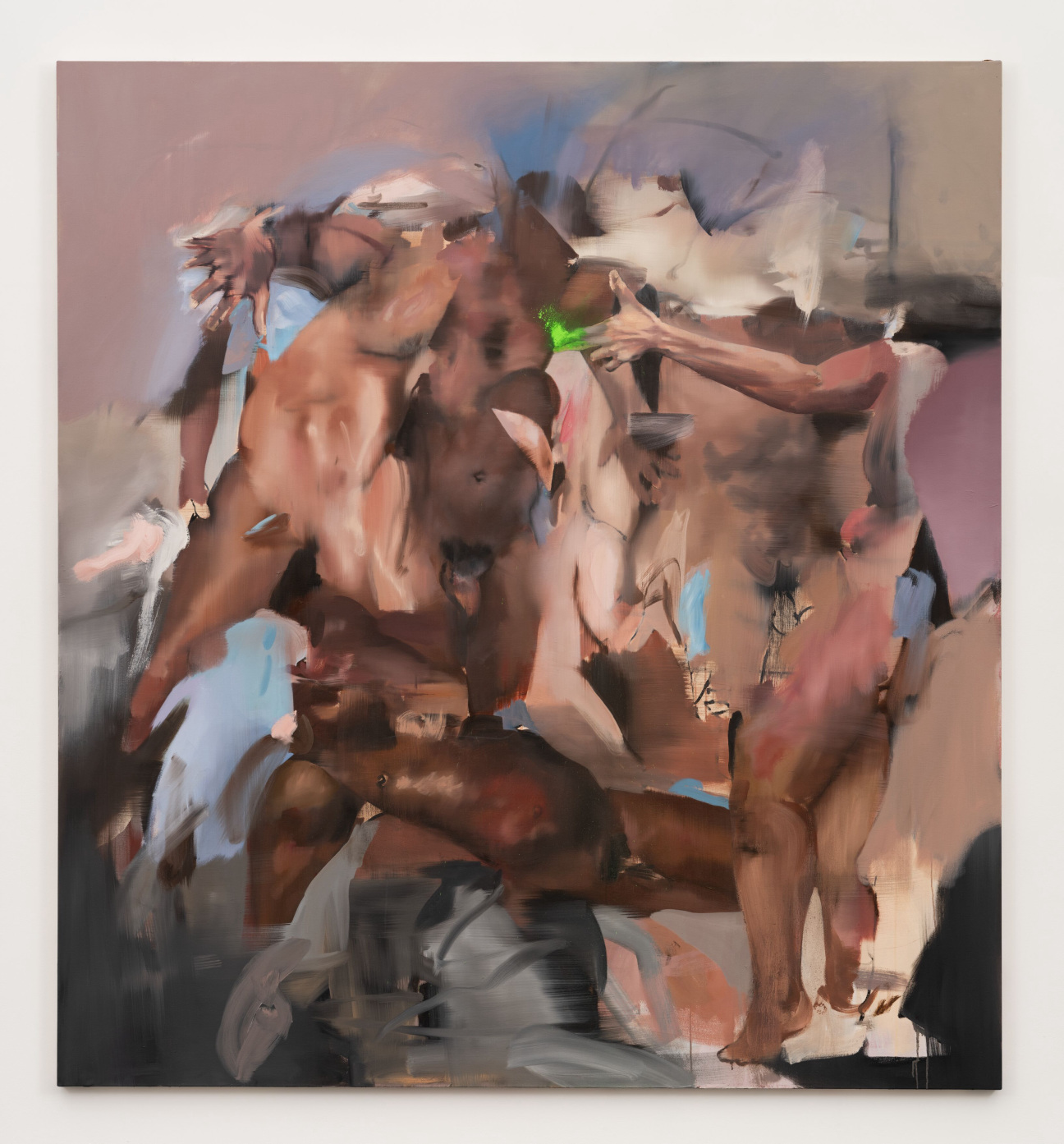
Bodysuit emerged, with Rouy’s compositions acting as the core inspiration for Eyal’s performers. The South African artist Alice Godfrey, a rising star in contemporary dance and Eyal’s principal, says she “felt immediately at home in George’s paintings.” “The world is so brutal, but no one wants to hear it unless you tell them elegantly,” Godfrey continues, “so I recognize his quest. George invites us into the home of his canvas. We get to live there for a moment.”
Eyal, in turn, changed how Rouy paints. The highly finished glare and obvious odes to Bacon went. Instead, his canvases gained a solarized and saturated quality, as if a lens was left exposed to a wild contortion of movement. The buzz around him grew. In 2023, a painting of Rouy's sold for £162,540 ($195,619) at Christie’s, far exceeding estimates. Hauser & Wirth swept in and signed him in 2024. “George’s work is raw, an untamed human experience,” says Neil Wenman, Hauser & Wirth’s global creative director.
For all his success, Rouy remains solitary, painting in a Faversham warehouse and crafting soundscapes at home. In between, to demarcate the day, he takes a long bath. What did he do once the sales started rolling in? “I bought a sauna, to have before the bath,” he says. “I always wanted one as a kid.”
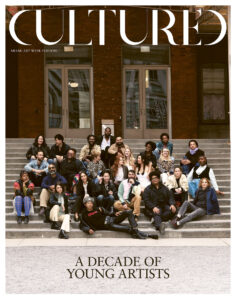
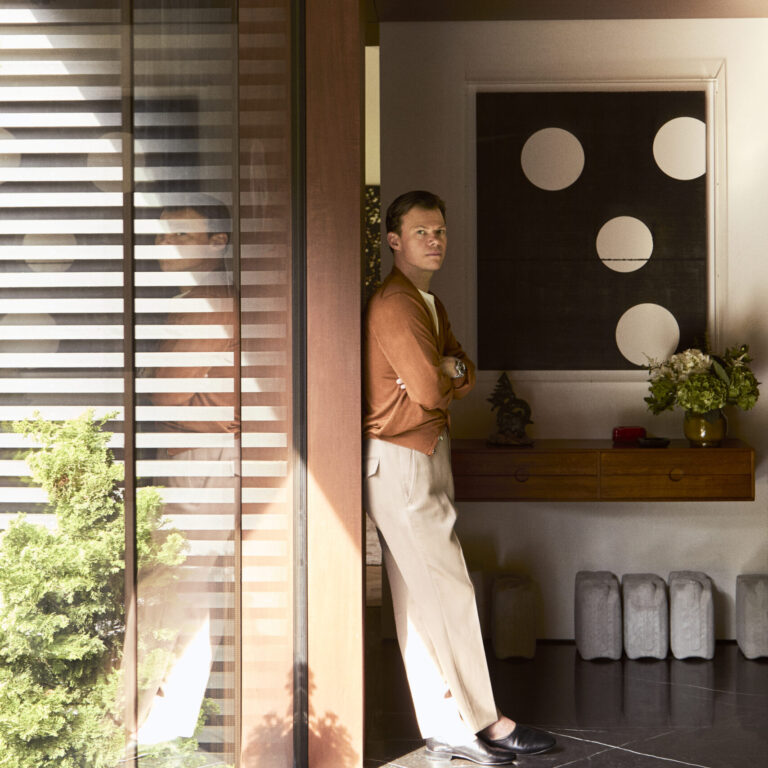

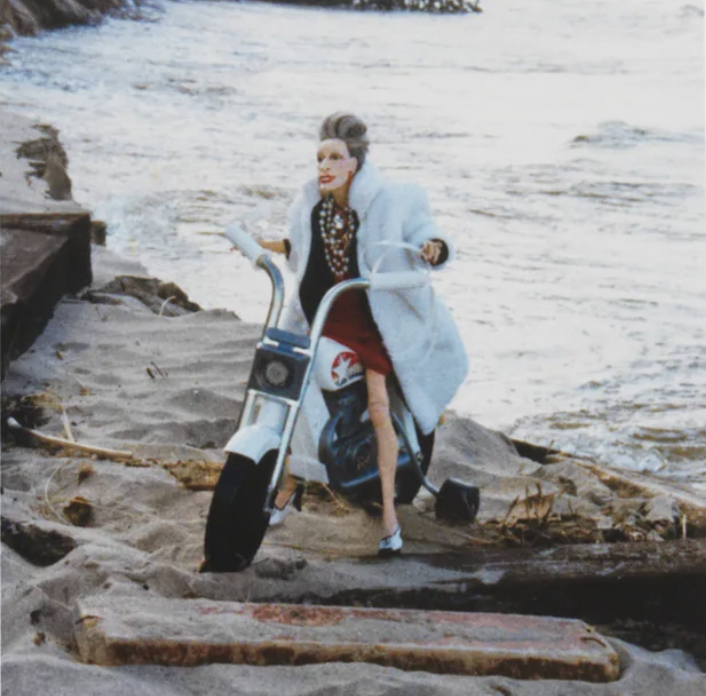

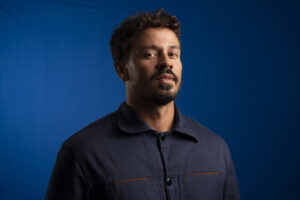
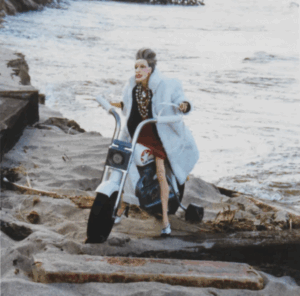

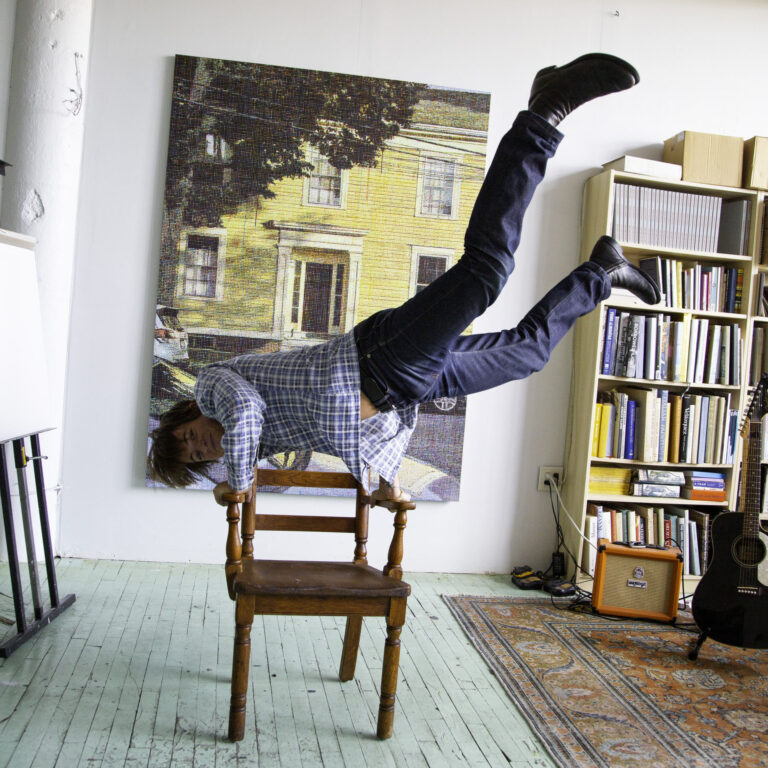

 in your life?
in your life?

